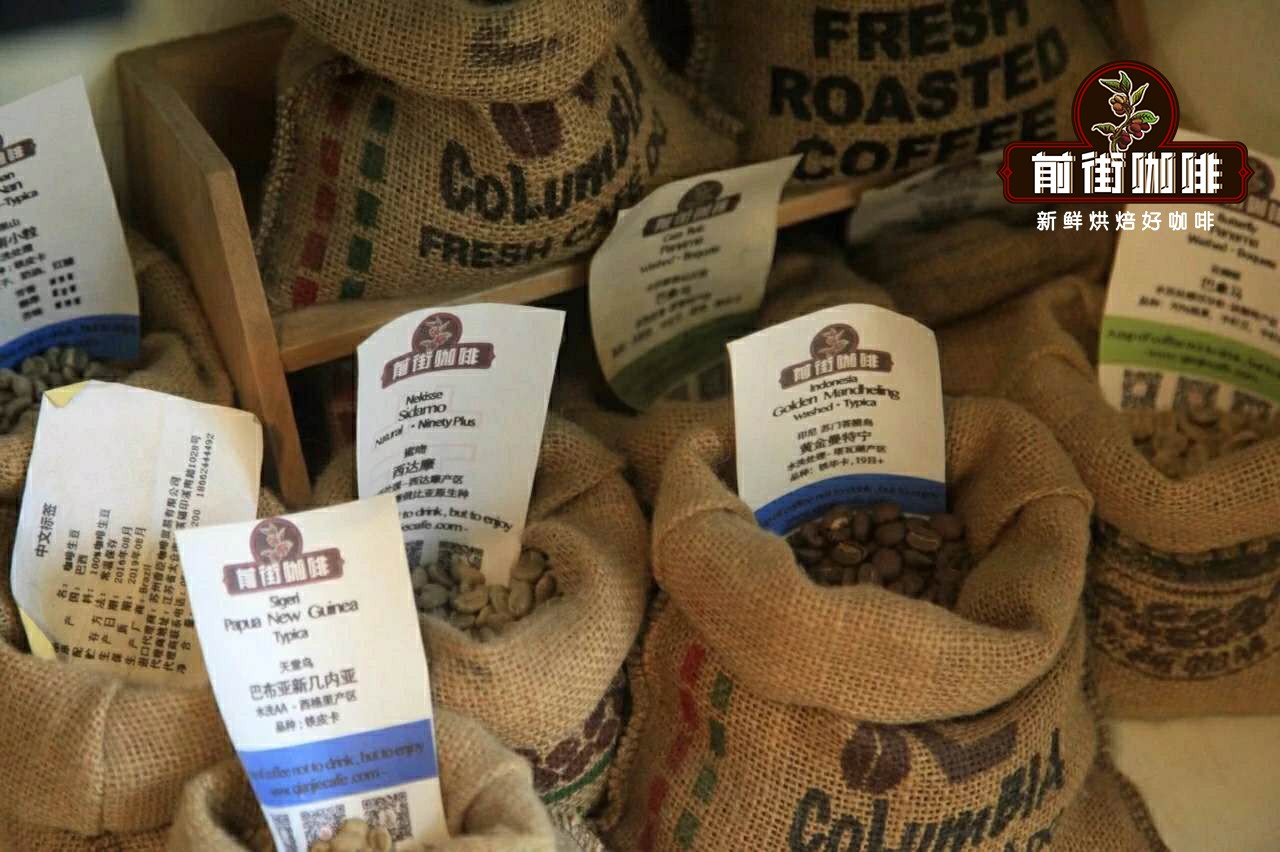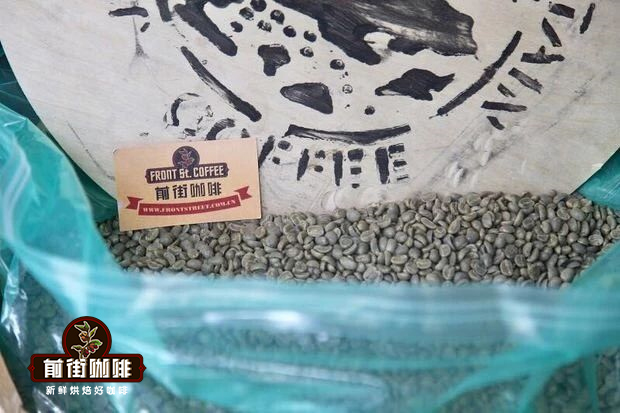How to distinguish the grades of raw coffee beans in Africa, and the introduction of the grading system in the main boutique coffee producing areas in Africa.
Today, let's talk about how the boutique coffee producing areas in Africa are graded. At present, the main boutique coffee producing areas in Africa are Ethiopia and Kenya. Although their territory borders, the grading system is completely different. Here is an introduction to you.
Ethiopia, as the birthplace of coffee species, is also the main force of fine coffee in Africa at present. Their grading system is based on the defect rate of coffee beans. Coffee beans are graded according to the number of defective beans in every 300g coffee beans. A total of nine grades are divided into G _ 1, G2, G2, G3, G9, G, G, The defect rate for every 300 grams of coffee beans is between 4 and 12, and the G3 level is between 13 and 15. Generally speaking, the fine coffee we drink is in this range. After grading, we will also make a re-evaluation and re-export to the G1Magol, G2G3 and G3. According to the SCAA standard, G1 and G2 with a score of not less than 85 were rated as Q1, among them, G1 G2 G3 with a score of 80 to 85 was rated as Q2, and all G1 G2 G3 with a score below 80 were rated as G3.
Q1 and Q2 are classified as boutique grade exports. G4-G9 remains unchanged and is classified as commercial grade export together with G3.
This rating has led to different sizes of Ethiopian coffee beans because they do not set a standard for it.
Although Kenya is next door to Ethiopia, Kenya's coffee rating is completely different. Kenyan coffee is rated by size, from top to bottom; the largest coffee bean is Grade E, which means Elephant elephant beans, and Grade E coffee beans are above 18 mesh. The second is AA grade: coffee beans are about 17,18mesh AB; coffee beans are about 1516mesh. Class C: coffee beans are between 14 and 15 mesh. PB: called small round beans, this is very rare, some people will like the flavor of PB, so they will pick out the PB to sell. Coffee beans in Tanzania have a similar grading system, graded according to size.
Down there are T and TT grades, this kind of coffee beans we basically will not come into contact with, mostly some substandard coffee beans, this kind of beans generally will not be exported.

Important Notice :
前街咖啡 FrontStreet Coffee has moved to new addredd:
FrontStreet Coffee Address: 315,Donghua East Road,GuangZhou
Tel:020 38364473
- Prev

How is the grade of coffee divided? What is the highest grade of coffee beans?
There are a wide variety of coffee beans, and the prices are high and low, so what's the difference between them? How is the grade of coffee divided? Today we will introduce the classification of coffee beans. There are differences in hierarchy between different regions of different countries; for example, mainly 300 in Ethiopia
- Next

The advantages and disadvantages of decaf coffee, which is better, decaffeinated coffee or regular coffee?
Today I'm going to tell you what decaf is and what caffeine is for. Thus we can judge which is more suitable for us, decaf coffee or regular coffee. First of all, we need to understand the role of caffeine. The main role of caffeine is to promote. Caffeine can prevent the brain from accepting adenosine monophosphate, thus allowing the brain to
Related
- Beginners will see the "Coffee pull flower" guide!
- What is the difference between ice blog purified milk and ordinary milk coffee?
- Why is the Philippines the largest producer of crops in Liberia?
- For coffee extraction, should the fine powder be retained?
- How does extracted espresso fill pressed powder? How much strength does it take to press the powder?
- How to make jasmine cold extract coffee? Is the jasmine + latte good?
- Will this little toy really make the coffee taste better? How does Lily Drip affect coffee extraction?
- Will the action of slapping the filter cup also affect coffee extraction?
- What's the difference between powder-to-water ratio and powder-to-liquid ratio?
- What is the Ethiopian local species? What does it have to do with Heirloom native species?

